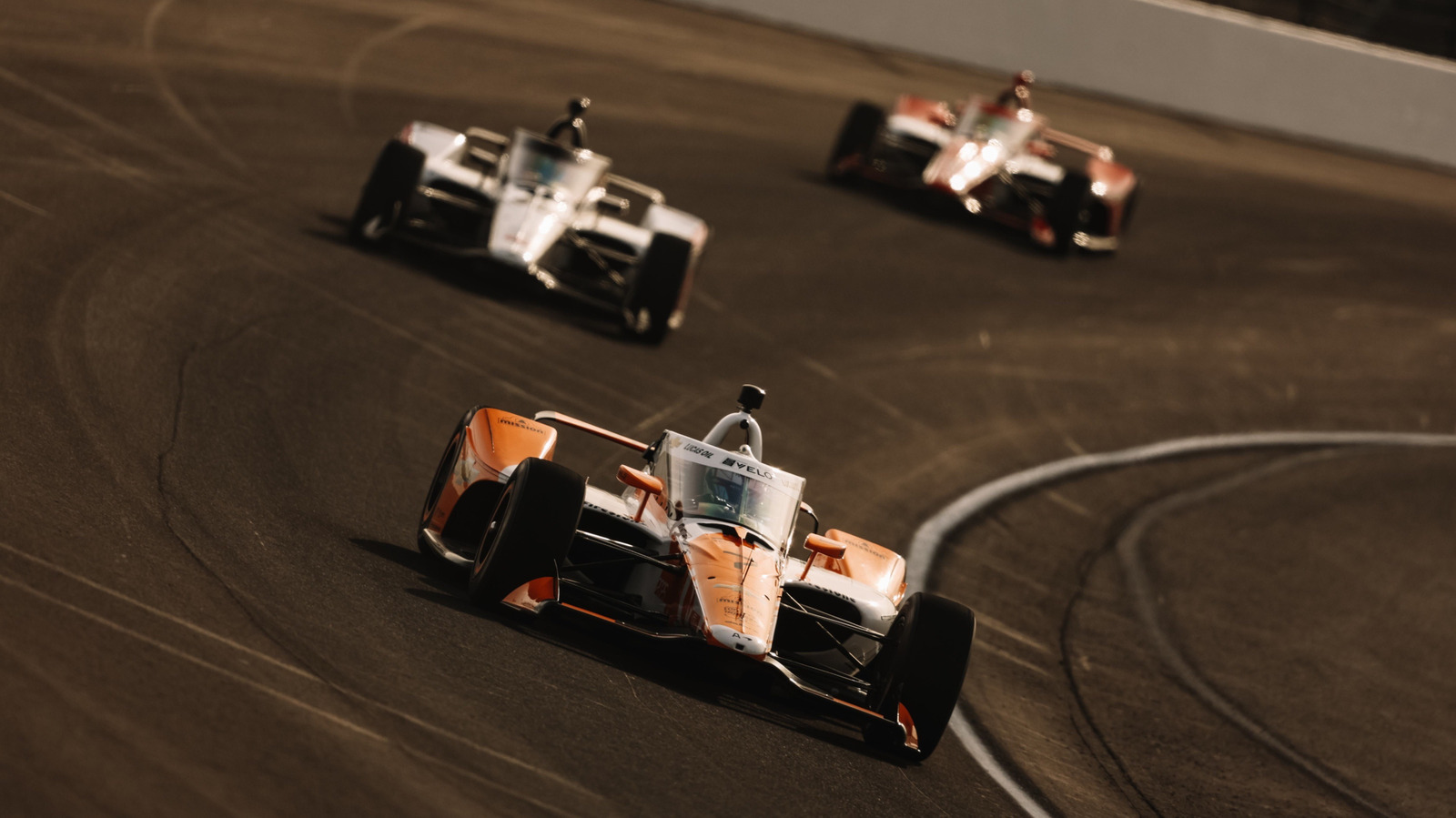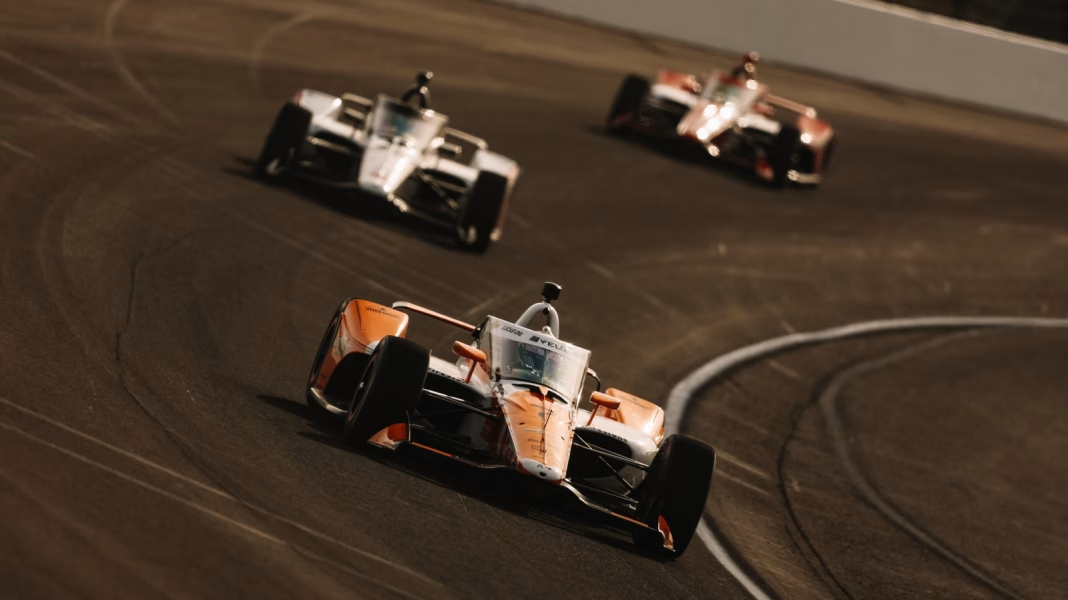The 2025 Indy 500 is shaping up to be a landmark event, not just for the race itself but for the evolution of motorsport technology. For the first time, fans will witness hybrid-powered cars racing across the iconic yard of bricks at the Indianapolis Motor Speedway. This shift to hybrid power represents a significant leap forward in the IndyCar series, blending speed with sustainability in a way that could redefine the future of racing.
What Does Hybrid Power Mean for IndyCar?
Hybrid power in IndyCar means that each car will be equipped with both a traditional internal combustion engine and an electric motor. This combination allows for improved performance while also reducing emissions. The hybrid systems are designed to enhance acceleration and efficiency, giving drivers an extra edge on the track. Imagine cars that not only roar with the familiar sound of engines but also harness electric power to boost their speed when it matters most.
The integration of hybrid technology is a response to growing concerns about environmental impact and the need for motorsport to evolve. As the world shifts toward greener energy solutions, the racing industry is stepping up to the plate. This transition is not just about keeping up with trends; it’s about leading the way in innovation and sustainability.
How Will This Change the Race Experience?
Fans can expect a thrilling race day experience as these hybrid cars hit the track. The added power from the electric motors means faster lap times and more exciting overtakes. Picture this: a driver, coming out of a turn, engages the hybrid system for a burst of speed, leaving competitors in the dust. The dynamics of racing will change, making for a more unpredictable and exhilarating event.
Moreover, the hybrid technology will likely influence race strategies. Teams will need to consider when to deploy electric power for maximum advantage, adding a layer of tactical depth to the race. This could lead to nail-biting moments as drivers and teams make split-second decisions that could determine the outcome of the race.
What About the Fans?
For fans, the 2025 Indy 500 promises to be more than just a race; it’s an opportunity to witness history in the making. The roar of the engines, the smell of burning rubber, and the thrill of competition will remain, but with an added twist of modern technology. Spectators will have the chance to see how hybrid systems can enhance performance without sacrificing the essence of what makes IndyCar racing so special.
Additionally, the move towards hybrid technology could attract a new audience—those who are passionate about sustainability and innovation. This broader appeal might help to rejuvenate interest in motorsport, bringing in younger fans who are more environmentally conscious.
What’s Next for IndyCar?
Looking ahead, the 2025 Indy 500 could set the stage for further advancements in hybrid technology within the sport. If successful, we might see even more teams adopting these systems, leading to a new era of racing that prioritizes both performance and environmental responsibility. The potential for growth in this area is enormous, and it’s exciting to think about where IndyCar might go from here.
The big takeaway? The 2025 Indy 500 isn’t just about a race; it’s about a pivotal moment in motorsport history. As hybrid technology takes center stage, we’re witnessing a transformation that could redefine racing for generations to come. So, gear up for an unforgettable event—this is just the beginning of a thrilling new chapter in IndyCar racing.


